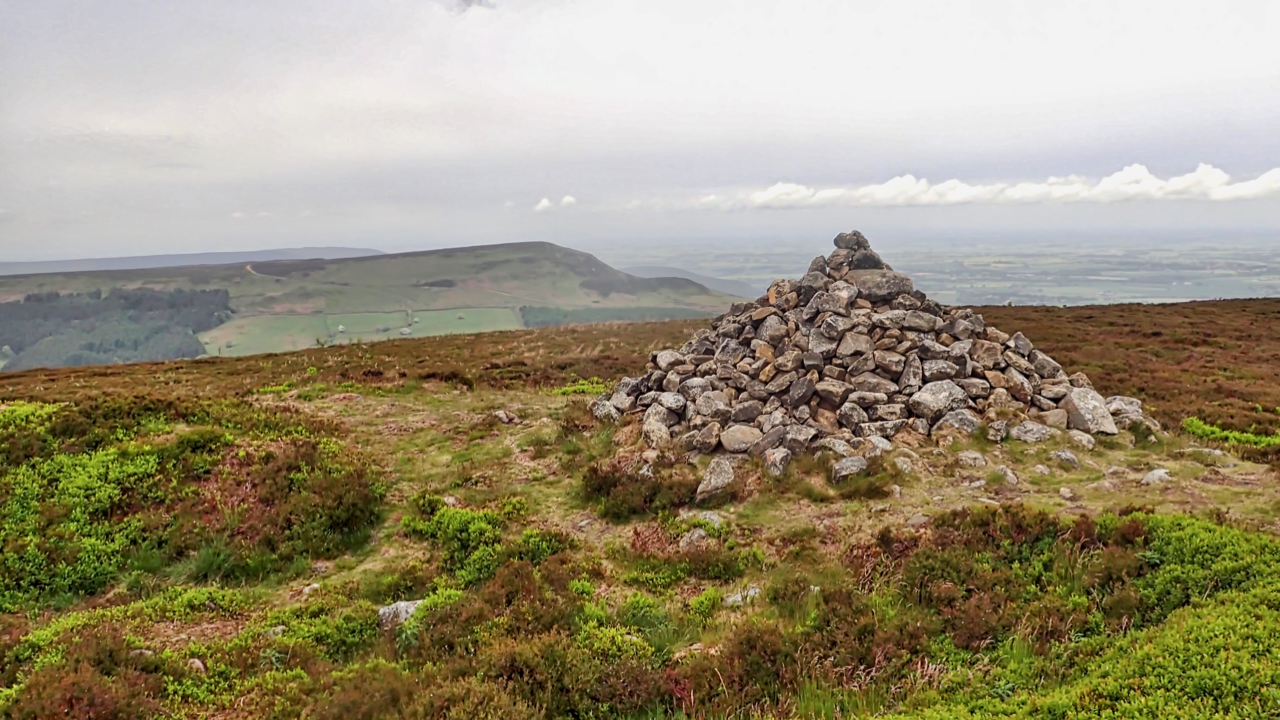Tag: heather
-
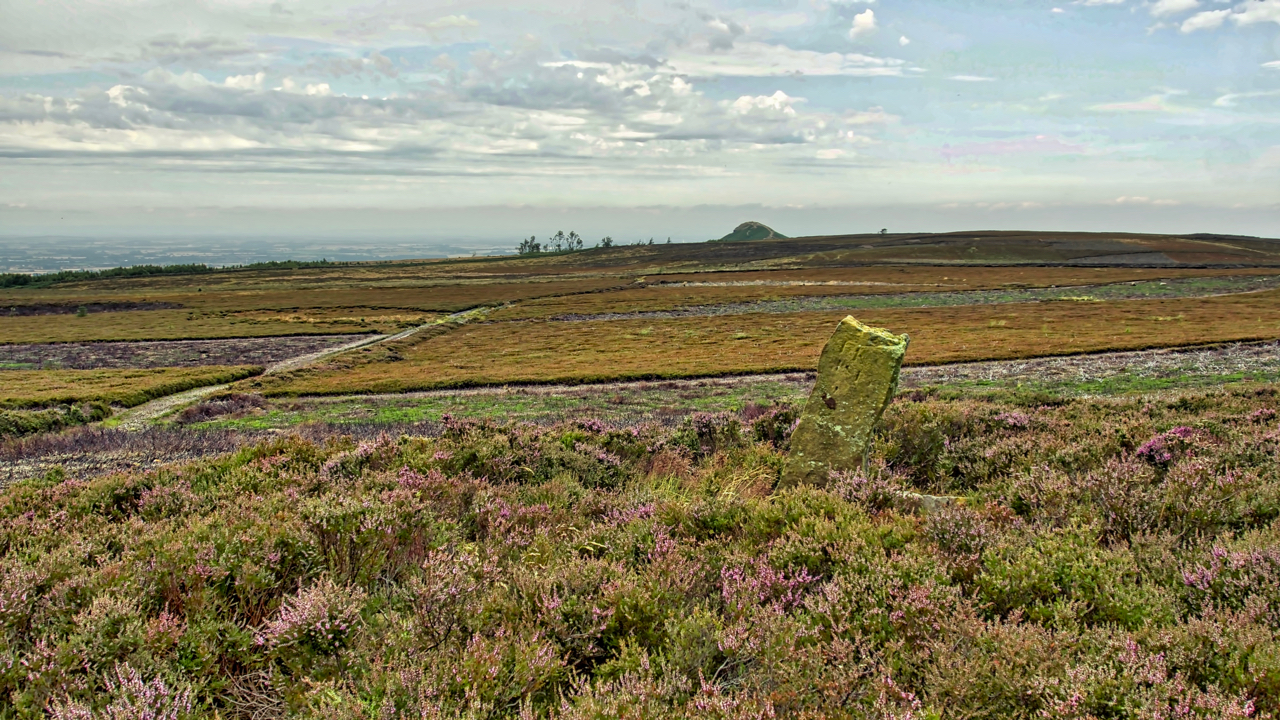
Newton Moor
The mosaic of a managed heather moor, managed to maximise the number of grouse. Heather is burnt to encourage young growth which the grouse feed on. Patches of tall old heather are left for nesting. Yet every square inch of land in the photo (beyond the boundary stone) is National Trust property. The heather was…
-
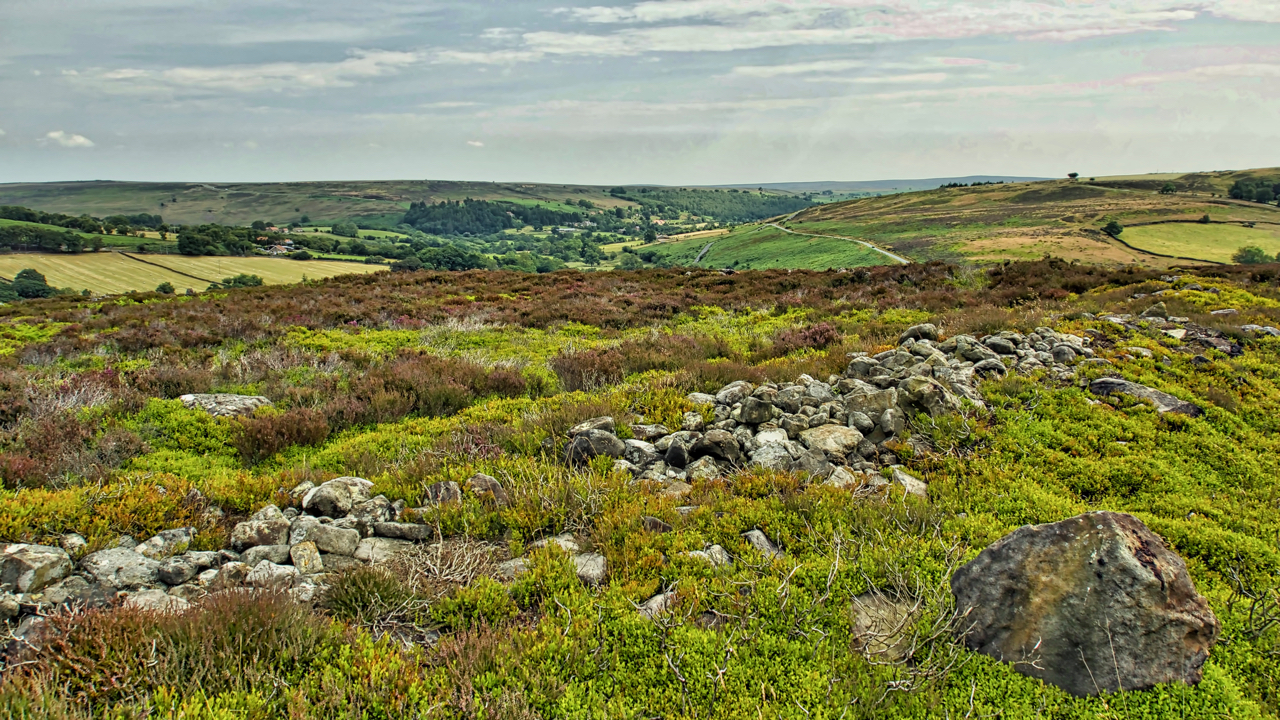
Crown End
A run from Kildale to Castleton. Took a slight detour to look at the ancient bronze age settlement remains on Crown End of Westerdale Moor. The end is a spur, due north of the village of Westerdale at a height of 236 metres. Plenty of humps and bumps and a bits of rocks but not…
-
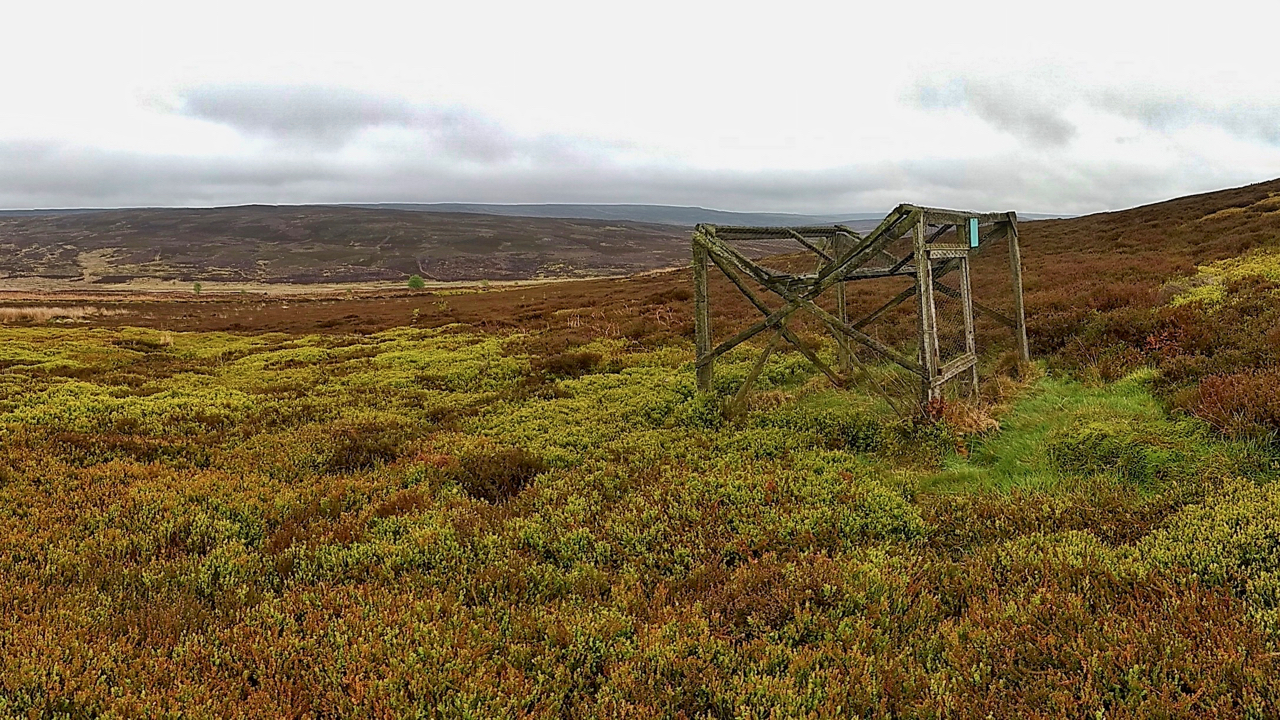
Ladder trap, Great Ayton Moor
Last week there was a furore over Natural England’s decision to revoke its long-standing General Licences to kill birds to prevent serious damage to livestock and crops. This followed a legal review of its licensing system which was found to be unlawful. Chris Packham, one of the three co-directors of the environmental organisation, Wild Justice,…
-
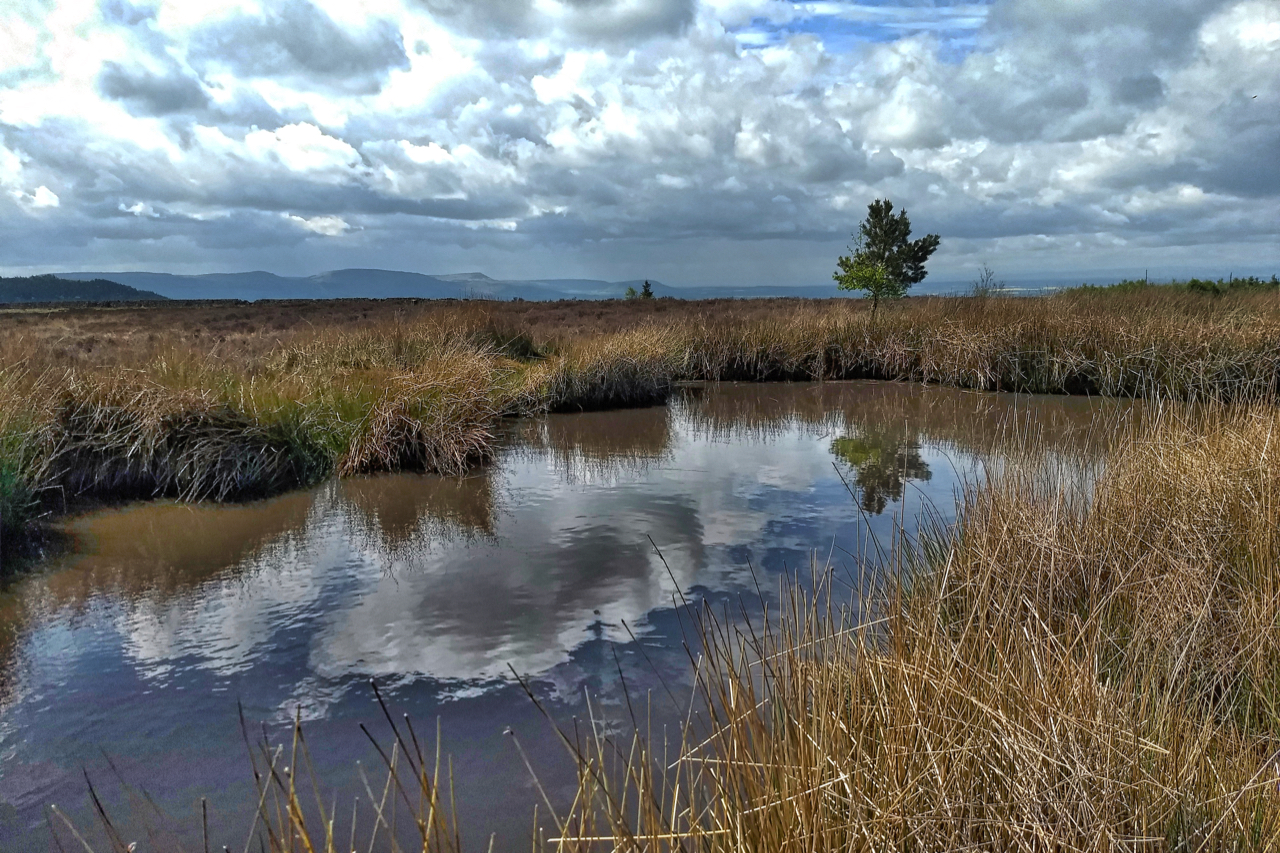
Pond, Great Ayton Moor
I managed to get my feet a little wet trying to take this photo and was reminded of the 1973 British Public Information Film “The Spirit of Dark and Lonely Water” menacingly narrated by Donald Pleasance, perhaps better known as Blofeld, James Bond’s arch-villain. This is a modern version of folk tales told to instil…
-
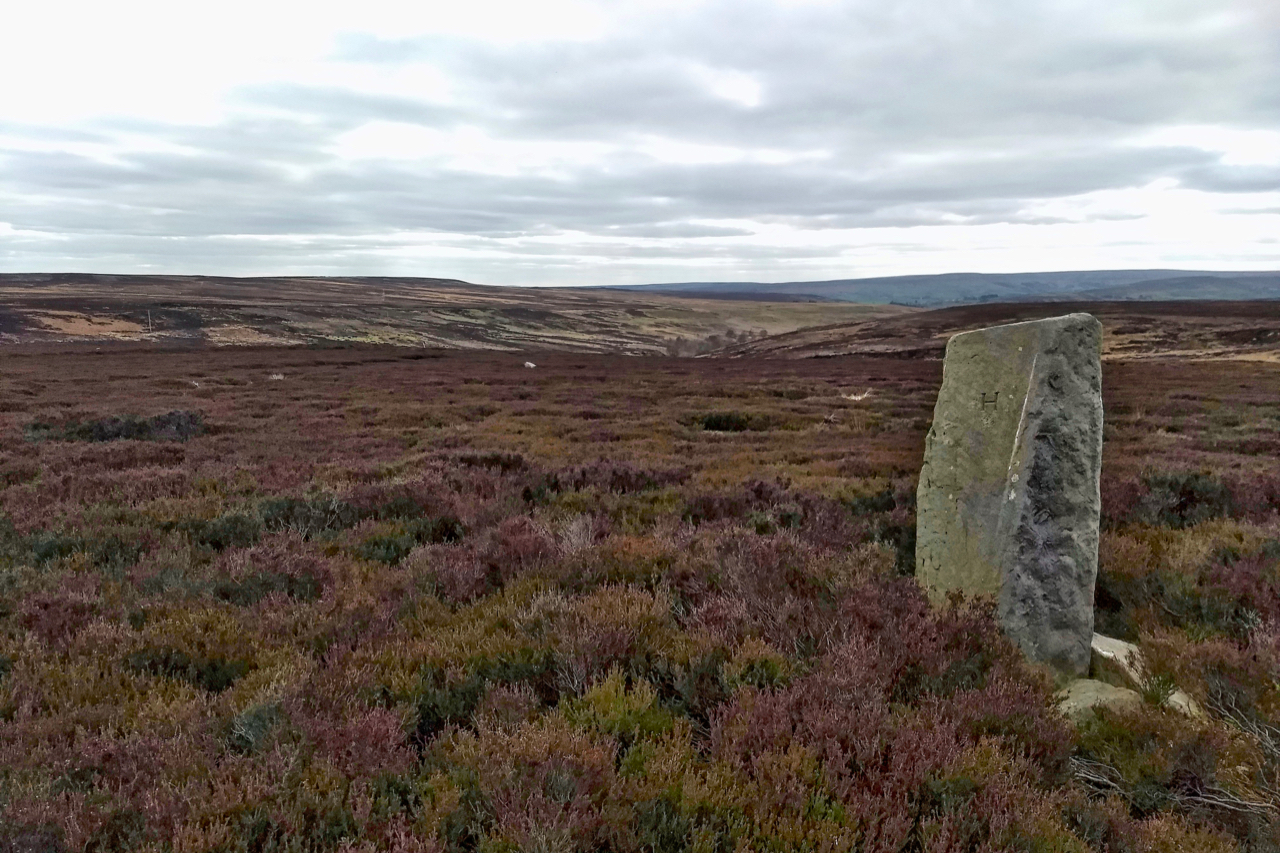
Havelock Stone
In 1716 the Lord of the Manor of Gisborough, Edward Chaloner, ‘perambulated’ around the boundaries of his manor. This annual custom was carried out throughout the country often on Ascension Day and is often known as Beating the bounds. Before the days of modern surveying, it was an important way of reinforcing the parish boundaries.…
-
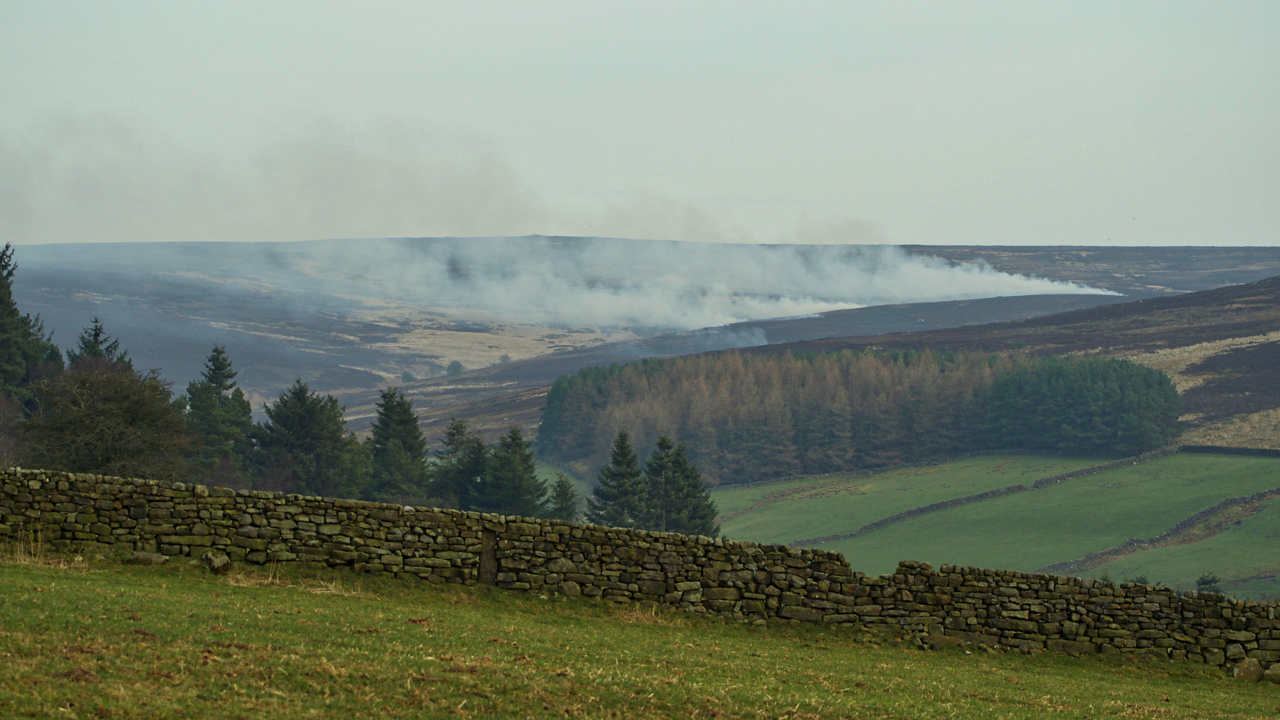
Upper Ryedale and Snilesworth Moor
The gamekeepers have taken advantage of the vernal weather to burn the heather on their moors. Plumes of smoke can be seen right across the skyline, creating a haze. The smoke from these burns on Snilesworth Moor was drifting as far as Sheepwash, spoiling the day for families enjoying half term walking around the reservoir.…
-
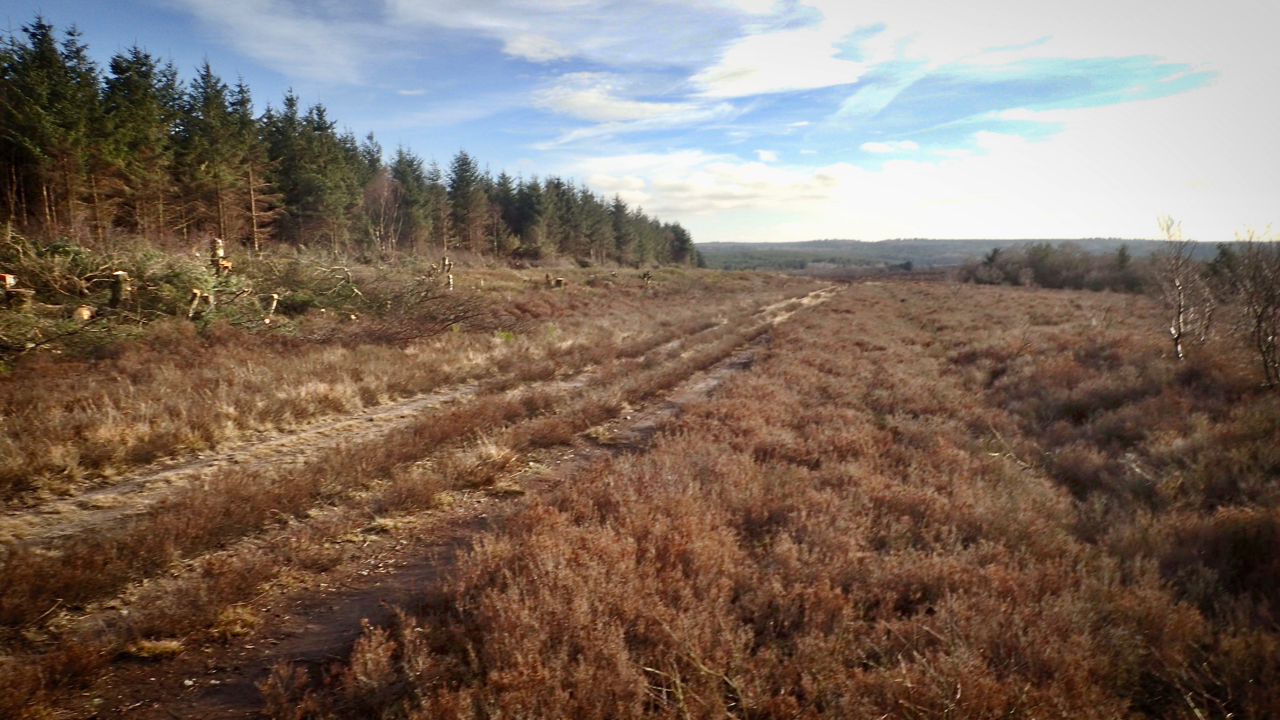
Bridestones Moor
Spent the day on Bridestones Moor, just north of Dalby Forest. It’s so easy to forget that it’s still only February. A glorious day. Buzzards soaring high, ladybirds active and sap rising from the newly cut trees. Tree felling and scrub clearance are now almost finished for yet another winter. Time to give the wildlife…
-
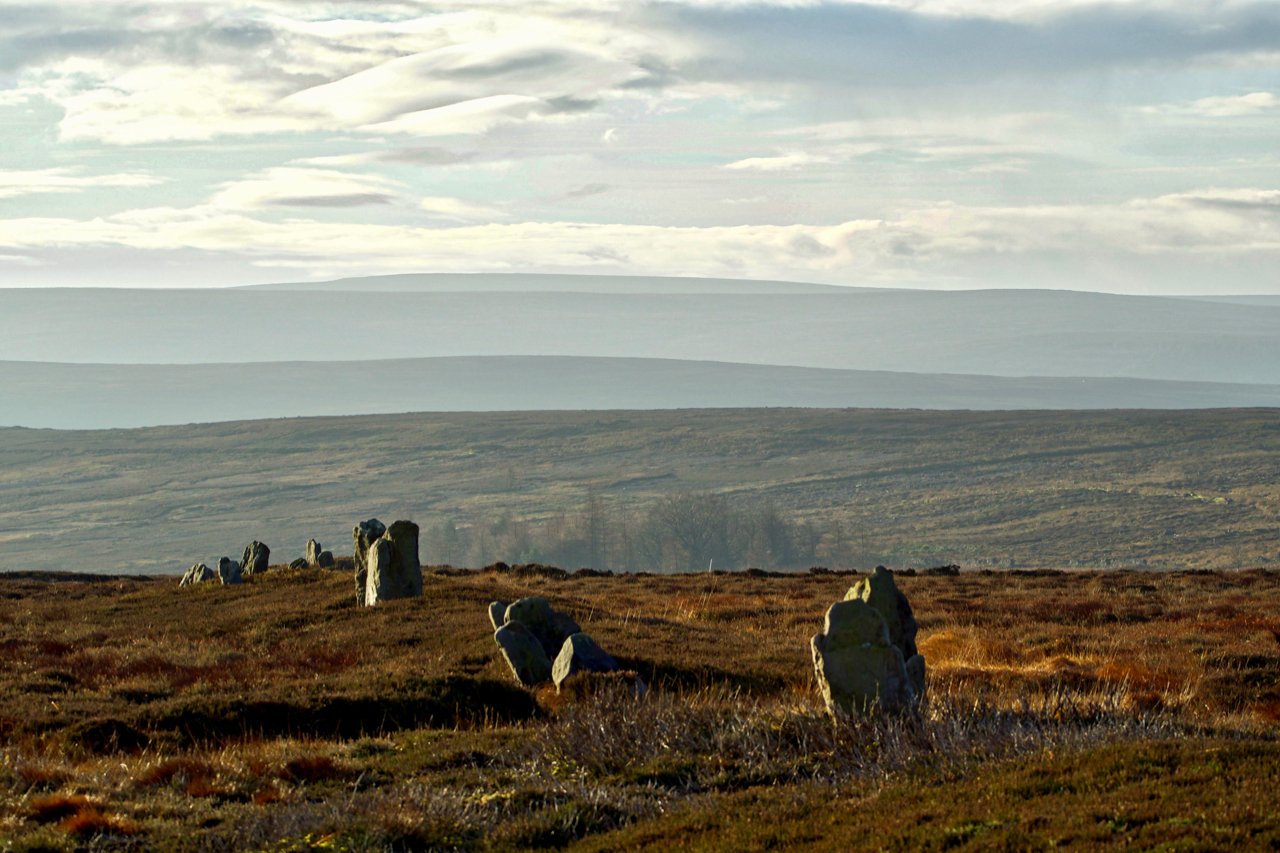
Cross ridge dyke, Skelderskew Moor
An evocative alignment of standing stones continuing down to North Ings Slack between Commondale and Skelderskew Moors. The stones are part of a dyke, an earth bank with a ditch dug alongside both of which have mellowed over time. The dyke extends for some half a kilometre from the Hob on the Hill boundary stone…
-
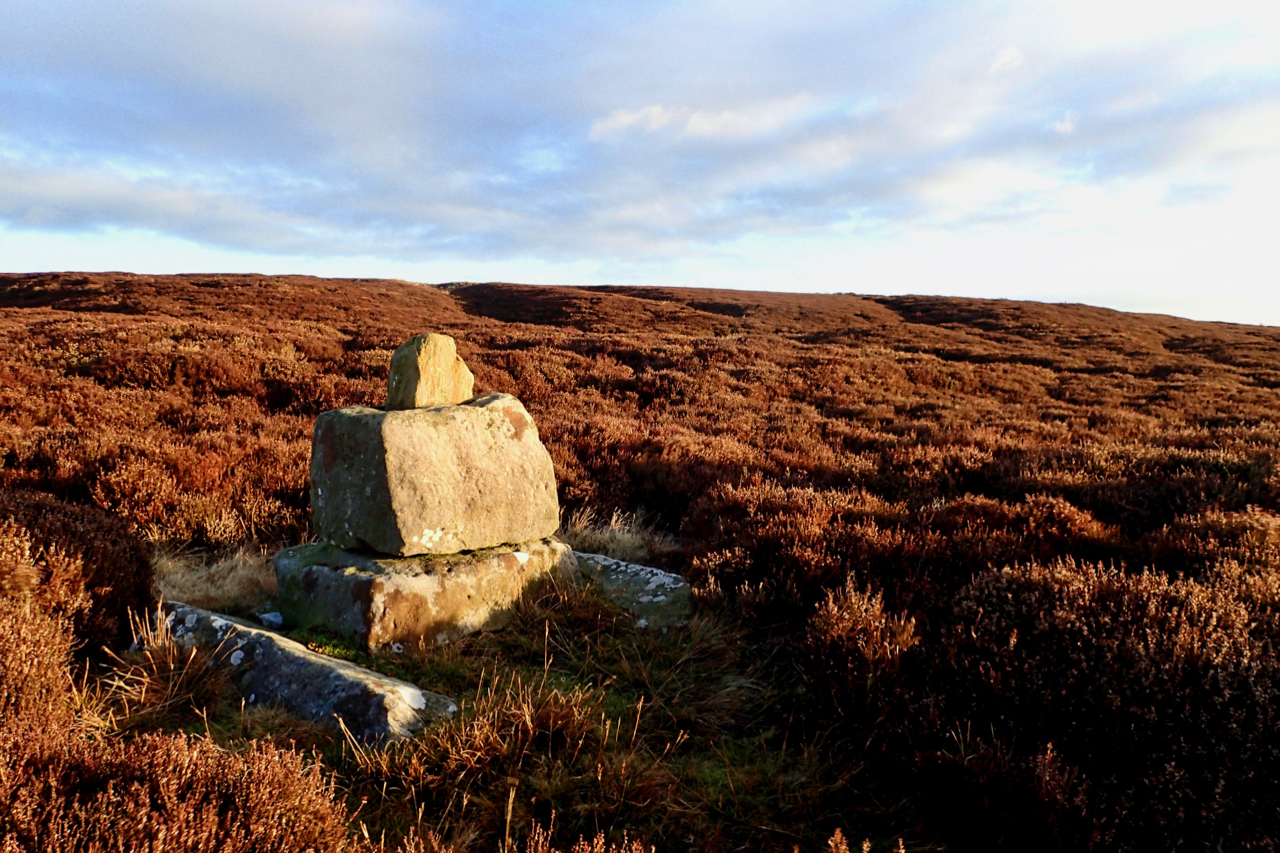
Stump Cross
Winter on the high moors are mostly bleak, a brown heather carpet covered by a grey quilt but when the sun does shine it can be exhilarating. Not the place where medieval travellers would have ventured unnecessarily. However, even today to cycle from Danby following the River Esk to its mouth at Whitby, the obvious…
